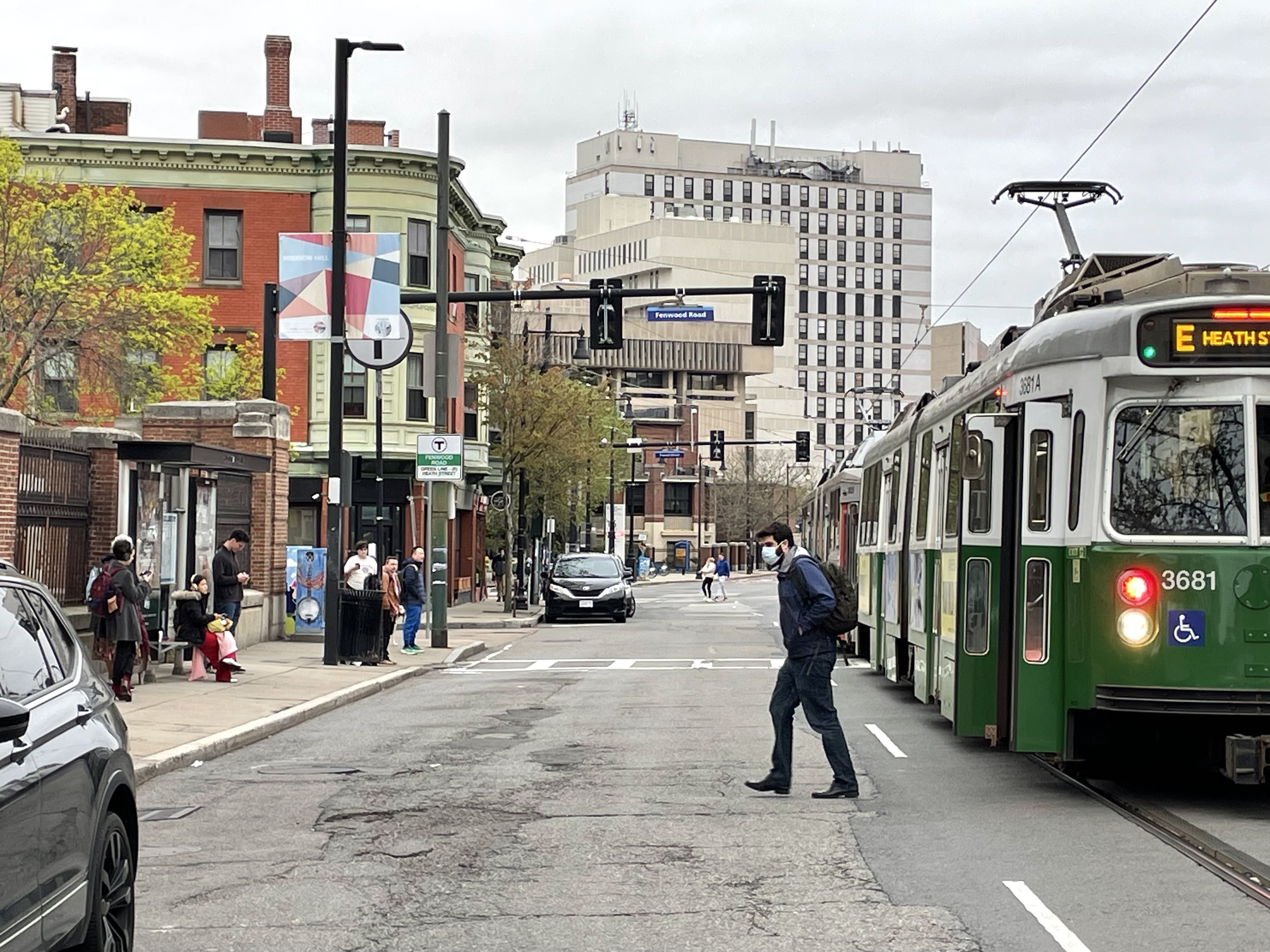nbcoram
New member
- Joined
- Sep 27, 2022
- Messages
- 92
- Reaction score
- 491
We love the T moving the goalposts. A good amount of the Orange and Red Lines once ran at 55 mi/h (as per RFP docs from the fleet procurement that went to CRRC), and I'm told the Riverside line used to run at 50+ and GLX was designed for the same. As an operator, I'd love to do even 40 down the Lechmere Viaduct -- it's a clear line of sight that should be able to support it - yet it's posted at 25 mi/h and that is not a restricted speed, somehow? Better than 10, I guess. It was 10 when I began training.Why does the MBTA advertise the Track Improvement Program as "reducing travel times", when it is just "restoring normal speed travel times"?
I feel like it is just restoring the travel times that ran near/essentially-full speed pre-FTA inspections in spring 2022 (sans Orange Line in downtown that had it's slow zone near South Cove for ages). It's not like its going to increase the design speed of the tracks from 40 MPH (64 KMH) to 50 MPH (80 KMH). It's just lifting slow orders that prevents full speed operation, so it's restoring travel times, not reducing travel times. If Track Improvement Program were to raise the operating design speed of the tracks and trains from pre-pandemic 40 MPH (64 KMH) to a brand new higher 55 MPH (88 KMH), that would be "reducing travel times".
Speculation time: We have so many new operators on the Green Line (I'm one of them). The Green Line is way more subject to operator variability than the heavy rail lines. This I have discussed in the past with speeding, but it can go both ways. New operators going too slow is also absolutely a problem. I don't even speed and yet often I catch up to the person who left the terminal 8-12 minutes before I did, in some cases while I'm still in the tunnel. Not only unnecessarily slow driving but also keeping the doors open for far longer than necessary. My instructor said "doors can make the difference between you getting back early or late" and he wasn't kidding. The amount of inconsistent signage re: speeds in the subway can't help -- between Beacon Junction and Kenmore eastbound I have confirmed is 25 but many people still go the 6 or 10 from the areas prior to the junction because they never posted an S-25 sign after the junction. I mentioned the North Station Turnback a while ago. And Boylston to Arlington westbound. has a few damaged S-25 signs, and I've also confirmed they are 25, but some ops do 10 over there.In addition, 6 weeks after the great Green Line shutdowns, the Green Line remains noticably slower than it was in the 2 months in early 2023 prior to the systemwide slow order, despite fewer slow zones today than January/February 2023. The Green Line isn't seeing reduced travel times (the fastest the Green Line ran prior to COVID-19 was in Spring 2018), and the T's Track Improvement slides from April 25 notes only 4 minutes (of the promised 28 minutes) were given back to riders on the Green Line after removing 95% of the Green Line's slow zones. If the Green Line is going to see "reduced travel times", then it should be as fast as May 2018. (There were spikes for the OL shutdown and Marathon Monday, but even when removing those spikes, speeds on the Green Line are still slower than even Spring-Summer 2023 after the systemwide slow orders were given. (Kenmore - Haymarket EB, Source: TransitMatters data dashboard)


